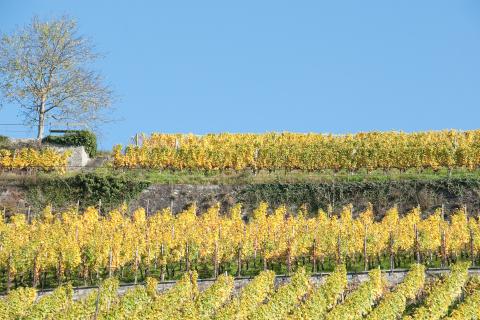Yeast is the Microorganism that produces the enzymes which convert sugar into alcohol. In the fermentation of grapes, yeast produces primarily ethanol and small quantities of higher alcohols and esters that give a wine its individual character
Discover Switzerland’s odd grapes, small producers, and eclectic tastes



